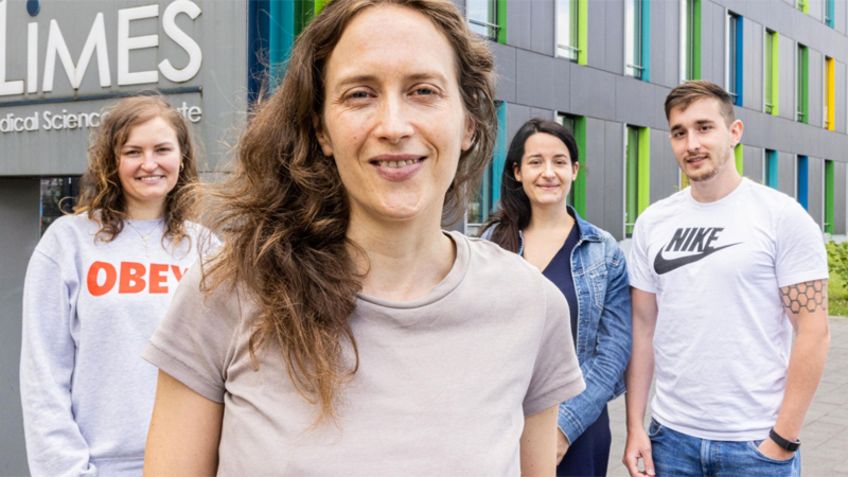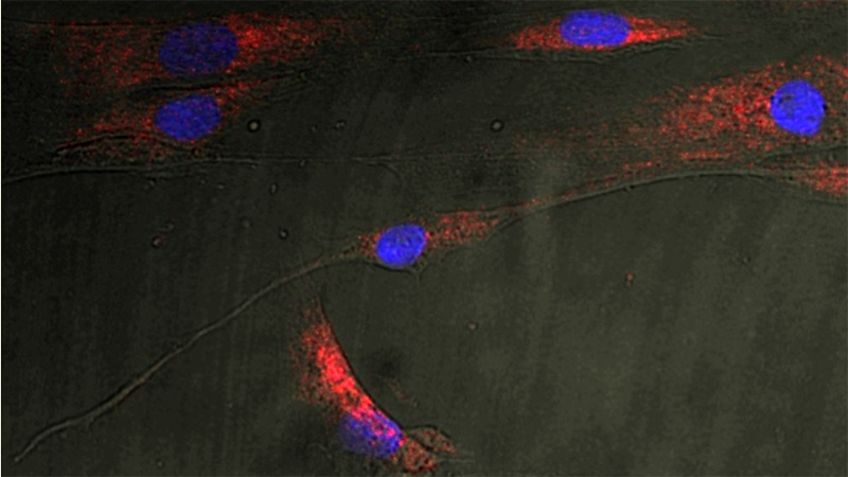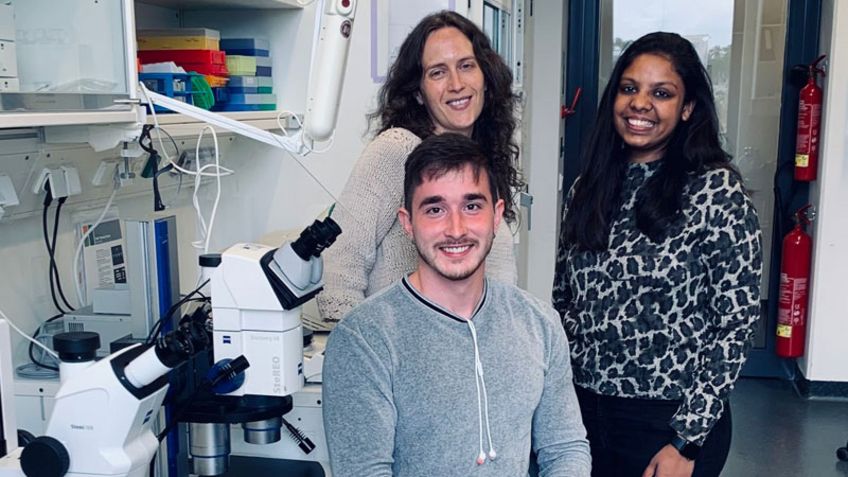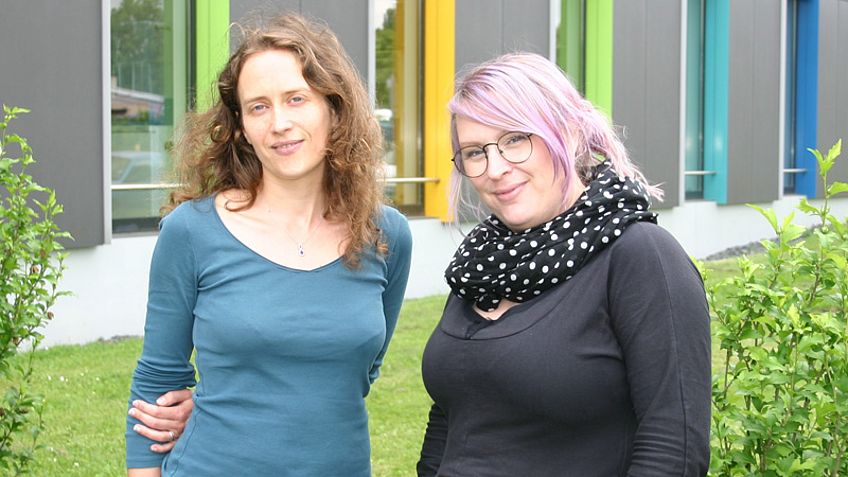“Genomic Engineering”
To obtain insights into the biological functions of a particular gene of interest, a wide range of Forward and Reverse Genetics approaches is used in the lab to create genetic models in Drosophila, zebrafish and mouse. For each of the three model systems, genetic core facilities are located in the LIMES institute, which aim to implement and provide the most recent methods for efficient genomic engineering.
Classically the genetic K.O. models are based on gene targeting via homologous recombination and on gene specific, RNAi mediated knockdown in Drosophila and mouse; whereas in zebrafish, the morpholino technology provides a straight forward and highly efficient method to unravel novel novel gene functions.
Recently, the power of genomic engineering in Drosophila, mouse and zebrafish has been tremendously increased by the introduction of two new core technologies in the LIMES institute: These ‘genome editing’ technologies make use of the TALEN (Transcription Activator Like Effector Nucleases) and the CRISPR/Cas9 (Clustered Regulatory Interspaced Short Palindromic Repeats/Cas9 nuclease) system, respectively. Both methods enable us to perform a variety of precise genomic engineering projects like e.g. introduction of single point mutations into endogenous gene loci or deletion of particular protein coding domains, exclusively. Moreover, in vivo reporter gene models can be created by integration of the open reading frame of the green fluorescent protein GFP at a specific site in the genome.








